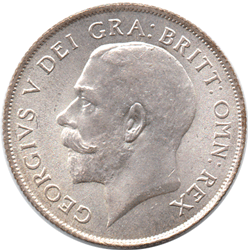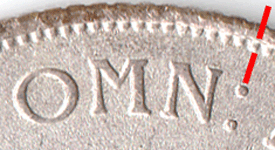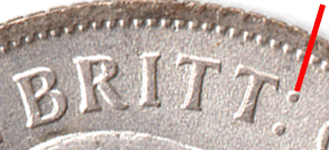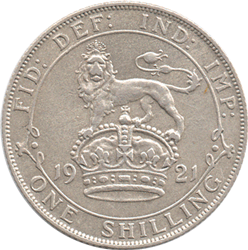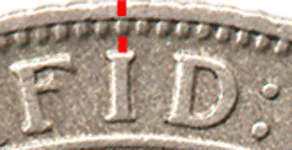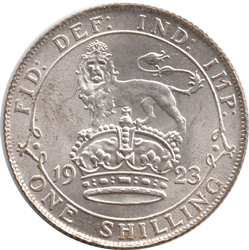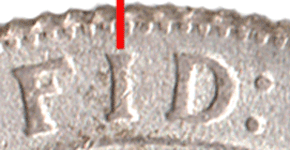|
Michael Coins Ltd |
![]() Other Lists
Other Lists
COIN CLUB
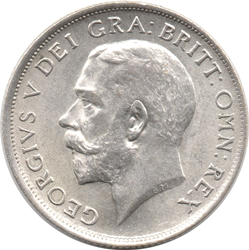 |
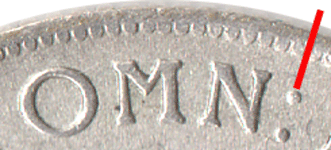 |
|||
|
Obverse 3 Raised head type |
The colon dots after OMN : to a gap between two border teeth |
|||
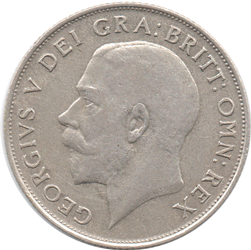 |
 |
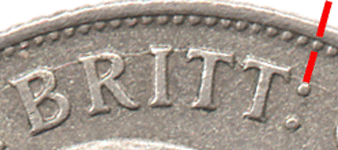 |
||
|
Obverse 4 Shallow head type |
The colon dots after OMN : point directly to a border tooth |
The colon dots after BRITT : point directly to a border tooth 21 border teeth |
||
|
|
|
|
||
|
Obverse 5 Shallow head type More border teeth |
The colon dots after OMN : point directly to a border tooth As per obverse 4 |
The colon dots after BRITT : point directly to a border tooth 23 border teeth (22 & 2 x ½) |
||
In February 1920 the price of silver rose to record prices - to 5/6d or 0.275 pence per ounce which meant
that it cost more than thelegal tender value of the coins to make them. As a result the government hastily
decided to reduce the fineness of the silver coinage from the recognised 0.925 fineness to the new reduced
0.500 fineness. This was achieved in the first instant by mixing 50% silver & 50% copper together.
This was quickly followed by mixing 50% silver & 50% cupro-nickel ' discarded' bullet shell cases -
the cupro-nickel consisted of 90% copper & 10% nickel.
These early coins when worn soon turned dull, with almost a sort of brownish colour !
In 1921 the metal mix was never considered quite right so the nickel content was reduced from 10% to 5%
and the other 5% was now manganese but due to this the coins quickly 'coppered'.
Even new the coins had a slightly gunmetal grey appearance instead of a 'silver' colour.
In 1922 the problem of getting the right metal mix continued. The original idea of using 1/2 silver & 1/2 copper
was retried this time with the blank or coin planchets being deeply blanched or bleached which meant that a
higher percentage of silver resided on the coin surface - which would give a more silvered look to the coin.
Again this was not the solution !
In 1927 the final attempt to get the dies and the metal mix right occurred when the final mixture became -
50% silver, 40% copper, 5% nickel & 5% zinc. This combination appeared to worked.
|
|
|
|
|
1921 Reverse D |
The I of FID point directly to a border tooth |
|
|
|
|
|
|
1923 Reverse E |
The I of FID point to a gap between two teeth |
| Back to Shillings |
